Lime – Quicklime & Limestone
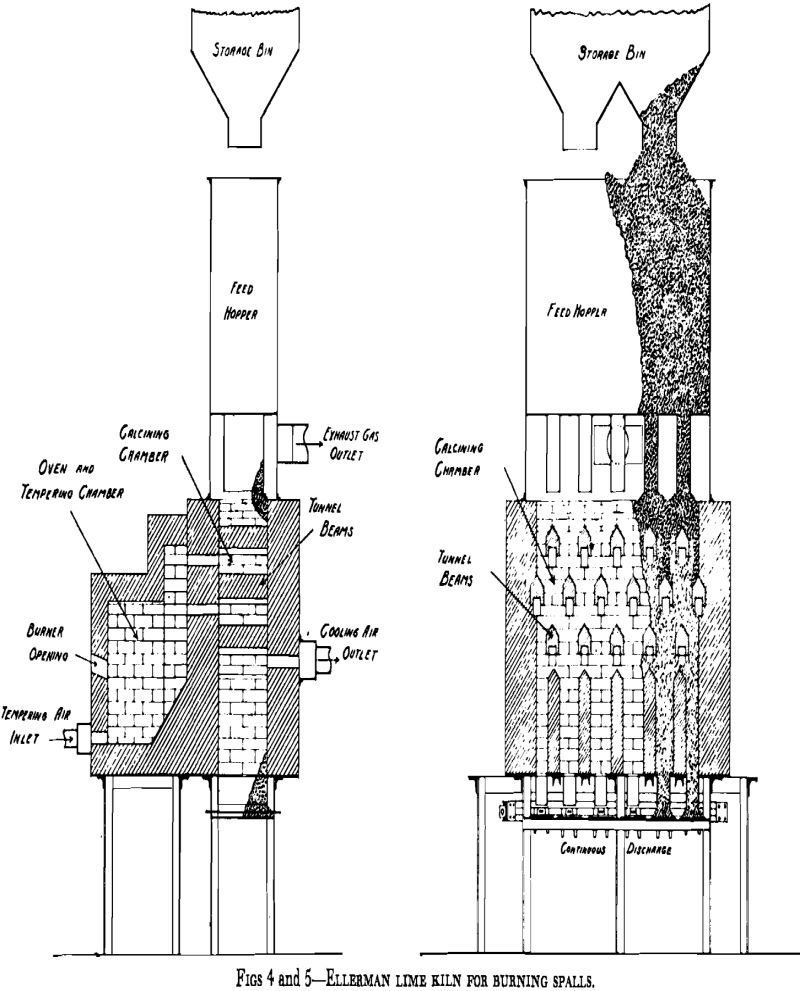
Lime is a very general term applied to products of limestone, in popular treatises often incorrectly, including ground or pulverized limestone used in agriculture. When used without qualifying adjective, the term usually means burned or calcined limestone, or quicklime, or calcia. Limestone is burned (roasted or calcined) in furnaces known as lime kilns by direct […]
Preparation of Lithium Metal by Vacuum
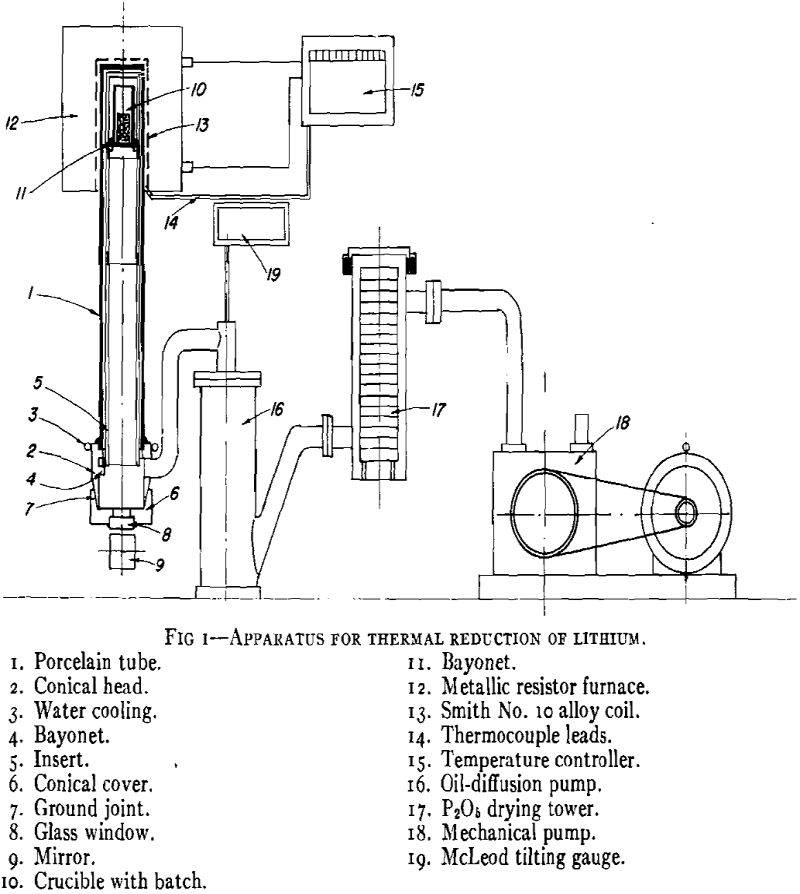
As this paper is written, the only method for the commercial production of lithium metal is by the fusion electrolysis of LiCl-KCl mixtures, as first proposed by Guntz. The details of the industrial process have not been made public but Osborg stated that an efficiency of more than 90 pct is obtained with a lithium […]
Use Hydraulic Cyclones as Thickeners and Washers in Modern Coal Preparation
For a number of years the cyclone, familiar to Americans as a dust collector, has been used as a thickener of suspensions at one of the coal-preparation plants of the Netherland State Mines in Limburg. The plant treats nut-size coal at 120 tons an hour in a heavy-medium washer. The diluted medium from the rinsing […]
Gravity Drainage Theory
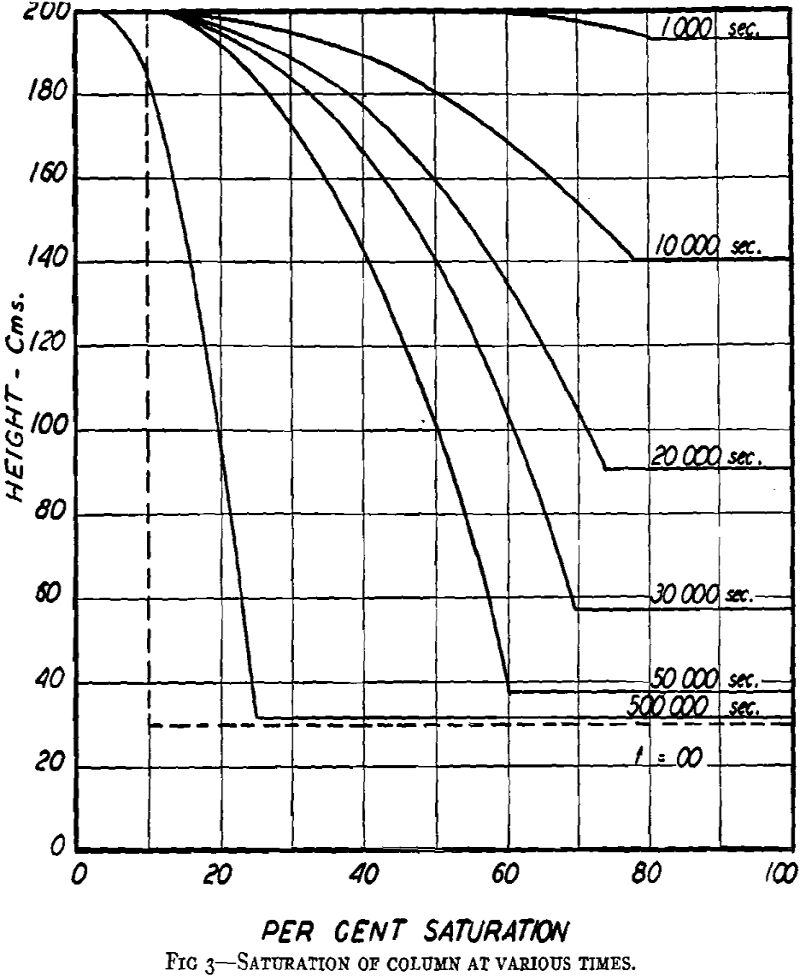
This paper presents a theory for estimating the rate of gravity drainage of a liquid out of a sand column. Account is taken of the variation in permeability to the liquid as the saturation in the upper part of the sand becomes less than 100 pct. Differential Equations of Capillary Flow The flow of liquids […]
Diatomite – Diatomaceous earth
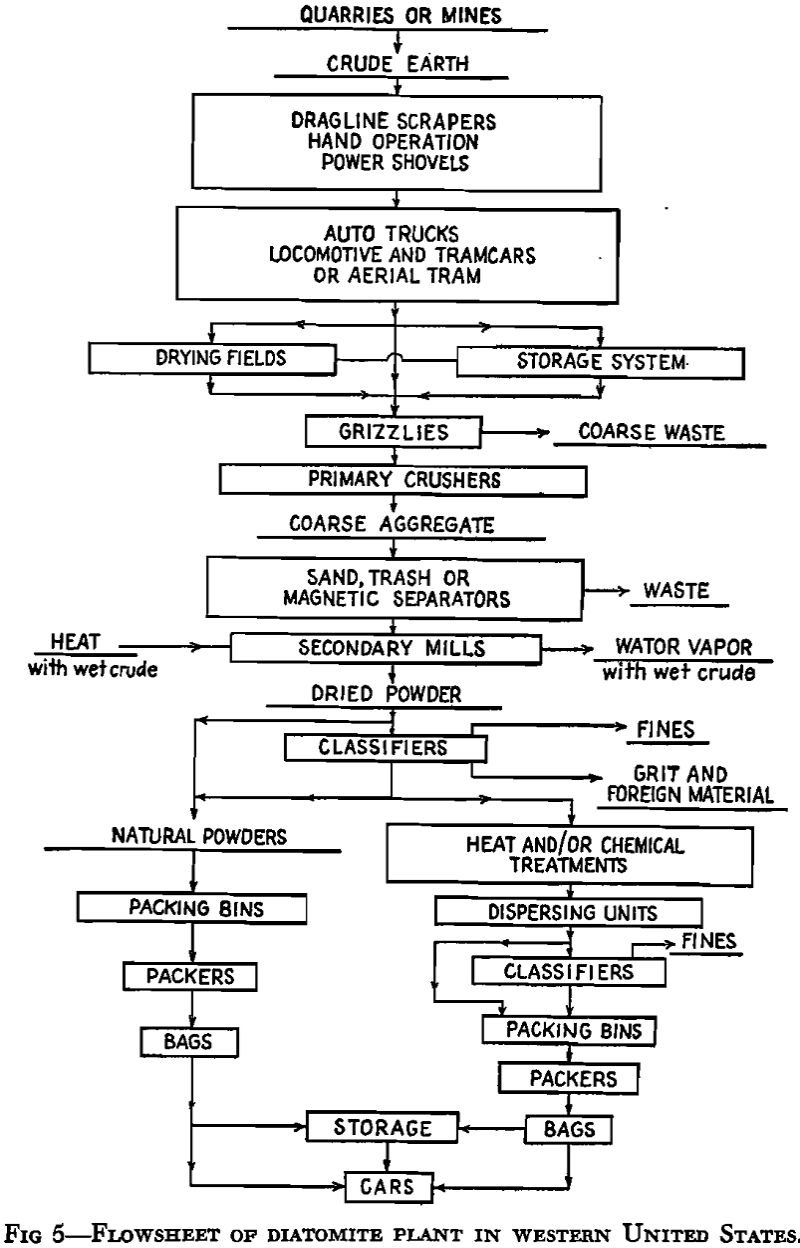
Diatomite is a hydrous or opaline form of silica, commonly known as diatomaceous earth, diatomaceous silica or kieselguhr. The term “infusorial earth” has lost its original meaning and today is incorrect in view of the distinctions between diatoms and infusoria. Various locality and variety names are obsolete but some retain local significance. Moler and Celite […]
Using Cyclone as a Thickener

With the exception of pneumatic processes and a few special bencficiation methods of comparatively limited application, all mechanical coal-cleaning and mineral-dressing processes involve the admixture of solid particles with a liquid, generally water. Upon completion of the beneficiation process the solids must be reclaimed from the water. With coarse particles separation of solids from water […]
Stone Crushing
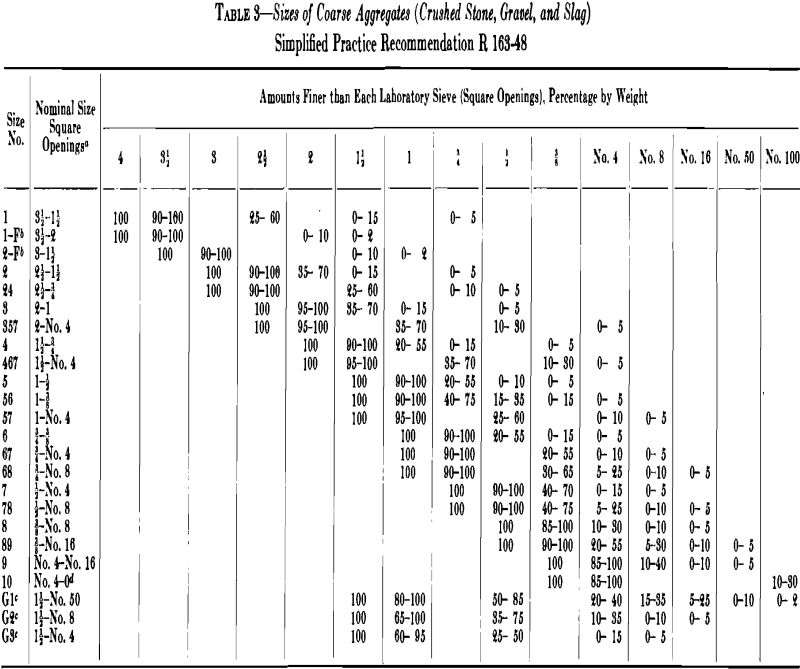
The use of stone as a building material in relatively large blocks is recorded in ancient historical records but only within the past 200 years has broken stone in small sizes begun to have extensive use, principally in highway-construction. Tresaguet, in 1764, describing his method for highway construction in France, required the top surface to […]
Clay

The term “clay” is applied usually to certain earthy rocks whose most prominent property is that of plasticity when wet. This permits them to be molded into almost any shape, which they retain when dry. Furthermore, they harden under fire. Clays contain hydrous aluminum silicates—the clay minerals—in appreciable amounts, but aside from this a number […]
Chromite
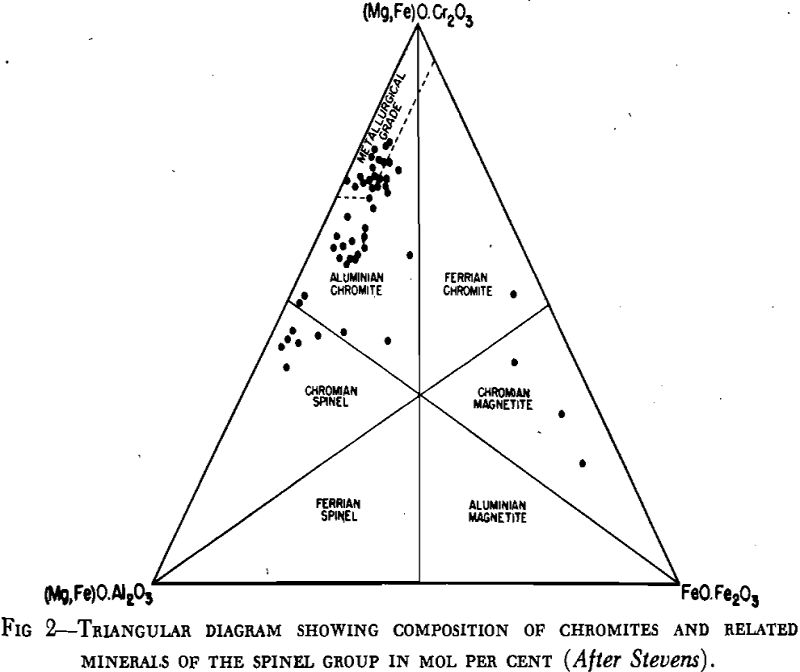
The minerals that collectively are known as chromite form an isomorphous series of the general formula (Mg,Fe)O. (Cr,Al,Fe)2O3. So wide is the range in chemical composition in this group that chrome ore consisting entirely of the mineral chromite may range from less than 30 pct to more than 60 pct Cr2O3. The most comprehensive published […]
Borax and Borates
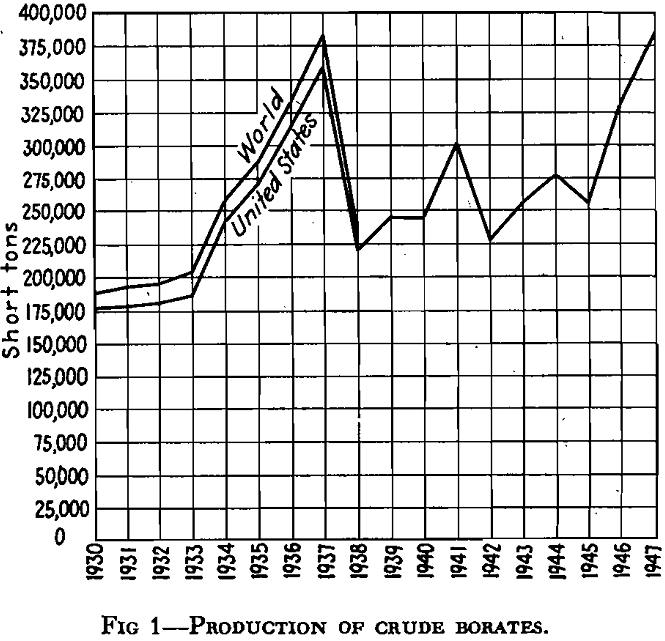
Borax a sodium borate and the principal sodium salt of boric acid, has been surrounded with romance and with a certain amount of mystery. Its early history is not entirely known but it has been contended that Marco Polo in his travels in the Orient introduced this material to the West during the Middle Ages. […]
